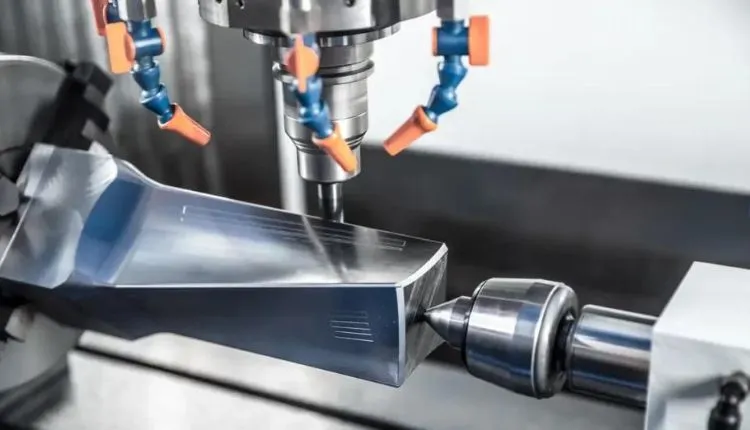CNC Milling Parts Manufacturers offer fast and accurate mass production of parts for a variety of different industries. The process involves the use of a computer-controlled machine to cut out a precise part, and the level of precision required is often defined by the tolerances in the CAD design. Using a CAD design means that the manufacturer can quickly and easily see what the final product will look like before the actual production begins.
CAD Design Upload
If you’re a cnc milling parts manufacturers, you might be wondering if it’s worth your while to upload a 3D design to Shape ways. The company has a wide variety of manufacturing processes to choose from and their engineers are highly skilled at getting the job done on time and on budget. In addition to uploading a CAD file, you’ll need to include some details on the material you’d like to have your part made from. A CAM program will turn your CAD design into G-code. This allows your machine to execute your 3D design efficently. It’s important to understand the thickness and density of the material you’re working with, as well as how the part will be cut to maintain a precise surface finish.
Although you may have to spend a good deal of time on the actual process, it’s well worth it in the long run. For instance, a properly crafted CAD model will save you money by eliminating the need for expensive prototypes and tooling. Also, the ability to control the feeds and speeds of your milling machine can make the difference between a perfect end result and a batch that’s less than ideal. Regardless of the process, it’s best to design your part on a computer rather than on a printshop’s lathe. There are many CAD programs out there that will help you do just that.
General Tolerances Signify The Level Of Precision Needed For A Part
When machining a part with CNC, it is important to establish tolerances. These tolerances are used to help ensure that the interface connections are precise. Also, it helps eliminate guesswork for the machine operator. This will reduce the time and cost associated with manufacturing the part. Tolerancing is also useful if you are buying new equipment. For example, if you need to buy a fixture that is compatible with other components, you may need to set up your machines to accommodate the various tolerances.
There are four basic classes of tolerances. These include linear, limit, bilateral, and angular. They are described in ISO 286-1:2010, a normative international guide to tolerances. For example, you may have a hole labeled with a tolerance of +-.0001 inches. That means that the hole needs to be slightly oversize. It may also indicate a slip fit for a dowel pin.
Tight tolerances mean more precision is required. They also help enhance the visual appeal of the end product. You should consider the mechanical properties of the material when choosing the correct tolerances. For instance, the density, heat stability, and hardness of a material are all important factors in determining the appropriate tolerances. The abrasiveness of a material can make it difficult to achieve the right tolerances.
CNC Milling Allows For Faster And More Accurate Mass Production Of Detailed Components
CNC milling is an automated process of manufacturing precision parts from various materials. Unlike manual milling, CNC machining eliminates human error and enables mass production of complex parts. The process is highly accurate and efficient. Moreover, it allows the use of different grades of metal, titanium, stainless steel, and plastic. CNC machining is used in a wide range of industries. Specifically, the aerospace industry uses CNC mills to produce parts for aircrafts. It is also used in medicine and medical technology.
Cnc milling parts manufacturers is an ideal technique for rapid prototyping. In this process, a computer numerical control machine converts a digital programming code into Cartesian coordinates, which are then translated into motion of the cutting tools. Throughout the entire process, computer input is immutable. This method of machining is incredibly precise and enables users to manufacture parts with extremely tight tolerances.
When producing complex and detailed components, it is important to select a tool with a high level of accuracy. With a higher level of accuracy, users can reduce material waste and increase productivity. CNC machining machines are designed to produce parts that are accurate to a 0.004 mm tolerance. Compared to manual machining, this high level of accuracy can be very cost-effective.
Final Word
CNC milling is a high-precision manufacturing process that produces unique, custom-made pieces for a variety of industries. It is a cost-effective process, and enables the manufacturer to use a wide range of materials. CNC milling uses rotating multi-edged tools to cut workpieces. The tool can be flat or ballnose. These parts are produced in a variety of shapes and sizes, including curving contours. So, visit here https://yijinsolution.com/cnc-milling-parts/.

